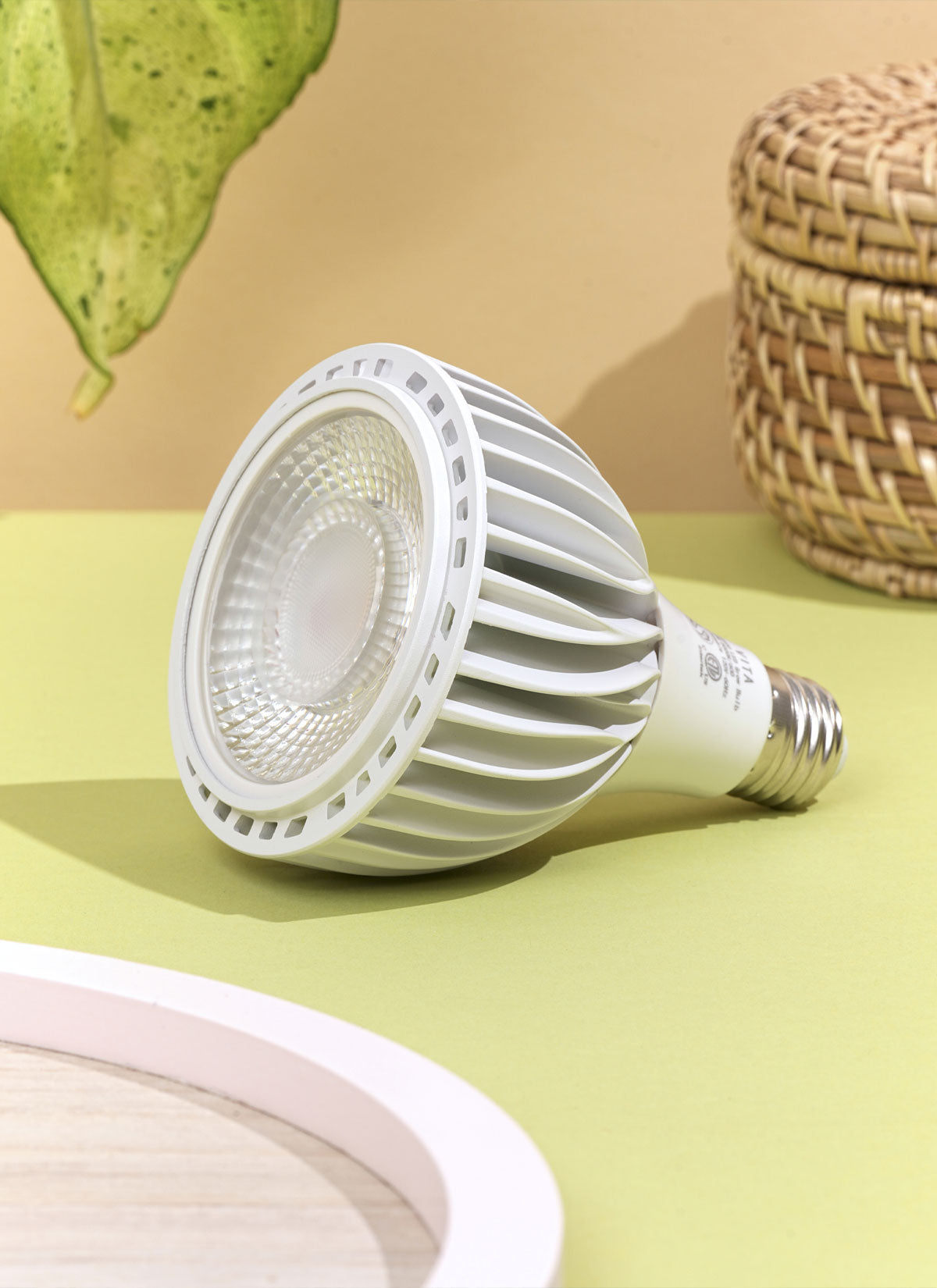Preferred Humidity: 30 - 50%; Low/Moderate Humidity
Burro's Tail, to maintain healthy humidity levels for your Burro's Tail, you'll want to aim for a relative humidity of 30-50%. This can be achieved through a variety of methods, such as placing a humidifier near the plant, misting the leaves with water, placing a tray of water near the plant to increase moisture in the air, and using a hygrometer to make sure you are hitting the mark. Another important factor to consider is air circulation. Burro's Tail prefers good air circulation, as stagnant air can lead to fungal growth and other issues. You can promote good air circulation by placing your plant in a well-ventilated area, or by using a fan to create gentle air movement.




















